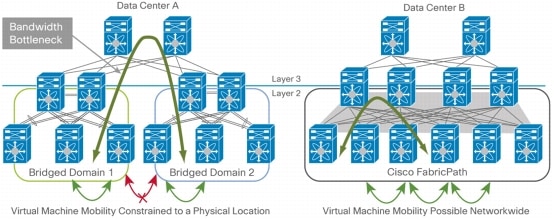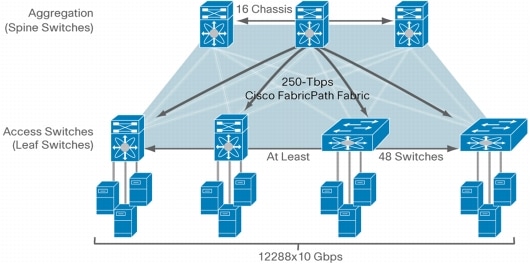There are 2 (that I know of) ways to deploy Cisco WLANs with regards to High Availability (HA):
N+1
1:1
Hybrid
One quick note before I start is that the SSO here is AP SSO not Client SSO, so a voice call would still be dropped. There is sub second failover but the client is required to reinitialise. Client SSO should be coming in version 7.5 of code.
N+1
As described in my previous post about N+1 HA this deployment models allows a dedicated HA WLC to be installed with the purpose of backing up an environment. An example would be a single primary controller with all APs connected to it with a HA controller, located physically somewhere else, running with the sole purpose of picking up in the event of a primary WLC failure.
An important consideration with this model is that there is no AP SSO (Stateful Switch Over) meaning there is approximately a 45 second period of delay while the APs connect to the HA controller after the primary has failed.
It's worth noting here that if you want to use the HA controller (for example
AIR-CT5760-HA-K9) you need to run code 7.4 or later. Code pre 7.4 requires the HA controller to have access point licenses to operate as a secondary or tertiary controller.
The HA controller picks up licenses from a failed primary controller. So whether there is a single primary controller or multiple primaries for different groups of APs the HA controller can back up a number of different WLC. Further to this point the HA controller can pick up APs from multiple failed primary controllers. A 5508 HA has a wireless AP capacity of the device maximum, which is 500. So if there are 2 primary 5508 controllers, each with 250 APs, if one fails the 250 APs will fail over to the HA controller, then should the other primary controller fail those access points can fail over to the HA controller as well to the maximum of 500. See the HA Q&A for details.
Previous post:
http://twhittle1.blogspot.co.uk/2013/05/cisco-wireless-n1-ha.html
1:1
1:1 HA redundancy describes 2 controllers, one as the active and one as the standby. These controllers are physically located next to each other because there is a redundancy port on each controller which must have a physical cable between them. The reason for this connection is in order to achieve the AP SSO there must be a very small latency when noticing the failed primary controller.
Even though theoretically
it is possible to have AP SSO work when the controllers are layer 2 adjacent,
the only Cisco supported configuration is with a direct link in between the two
controllers.
When using 1:1 HA the APs will see this as a single controller, in fact the APs will not notice a controller failing this is how the AP SSO is achieved.
Hybrid
The Hybrid method is a best of both worlds implementation because you have a primary controller with the hot standby physically connected and located together, as well as other controllers, secondary or tertiary in remote, geographically separate, locations so that should the HQ with primary WLC go down there are other controllers in different locations ready to step up.
Another way of implementing a hybrid deployment would be to have 2 sets of 2 WLC in geographically separate locations. In one location there is a primary with a hot standby and in the other a secondary controller with a hot standby. This way a single controller can fail in each location and retain the AP SSO. However is a whole site goes down and the primary has to fail over to the secondary then AP SSO will not be retained, failing over between primary and secondary controllers will always introduce downtime.
References:
High Availability (AP SSO) Deployment Guide:
http://www.cisco.com/en/US/products/ps10315/products_tech_note09186a0080bd3504.shtml
High Availability Q&A:
http://www.cisco.com/en/US/prod/collateral/wireless/ps6302/ps8322/ps10315/qa_c67-714540_ps2706_Products_Q_and_A_Item.html



